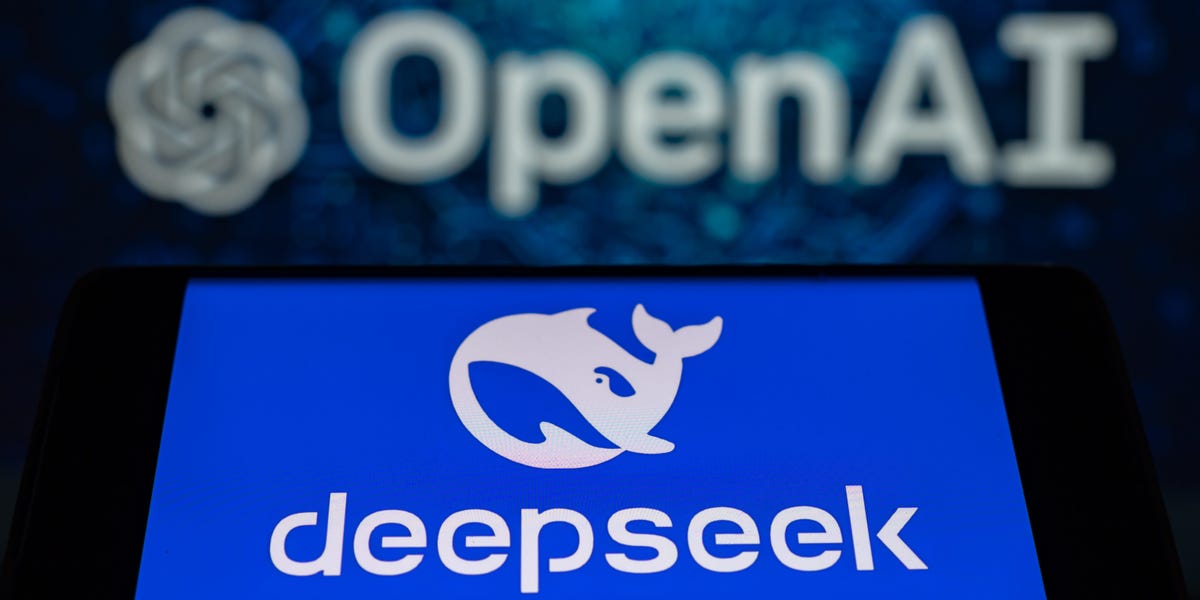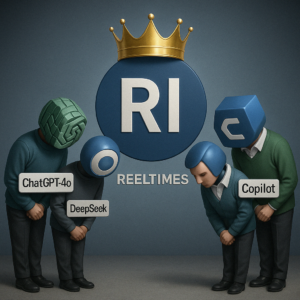China Accelerates AI Integration While the US Restricts Access

The AI Landscape: China vs. the US
Chinese technology companies are approaching artificial intelligence (AI) in a unique way that sets them apart from their American counterparts. US-based companies like OpenAI and Anthropic tend to reserve their most advanced AI models behind paywalls or licensing agreements, making them less accessible. In contrast, Chinese firms are making their powerful models freely available, leading to rapid deployment and integration in everyday technology. This strategic difference is reshaping the AI competitive landscape.
China’s AI Strategy
Free-Access Models
In recent months, major Chinese companies such as Alibaba, Baidu, and Tencent have aggressively introduced powerful AI models and enhancements. Notably, Alibaba unveiled a new cost-effective AI model in late March, while DeepSeek presented a revamped version of its open-source large language model, V3. These models, including Alibaba’s Qwen2.5-Omni-7B and DeepSeek’s offerings, are available for free download and modification, making them easily accessible for developers.
Rapid Deployment and Integration
The fast-paced assimilation of AI technology into various applications is crucial for China. According to Ray Wang, an analyst focusing on US-China tech relations, instead of trying to surpass entities like OpenAI in model complexity, China is concentrating on broad adoption and "consolidation." For instance, Tencent has integrated its Hunyuan model into WeChat, a popular social media platform with around 1.4 billion users. Similarly, Baidu has begun integrating its latest models, Ernie X1 and Ernie 4.5, into its search engine services.
This rapid integration may prove just as essential as model capability when assessing a country’s competitiveness in AI. While the US still holds a limited lead regarding top-tier AI models, China’s widespread and quick embedding of AI in consumer applications could eventually ensure it catches up.
The American Approach to AI
Investment in Advanced Models
In contrast to the open-access models flourishing in China, US companies primarily focus on developing sophisticated, closed-source AI systems. Tech giants like Microsoft, Amazon, Google, and Meta are anticipated to invest around $320 billion collectively this year to enhance their AI capabilities. Their flagship models, such as OpenAI’s GPT-4 and Google’s Gemini, are typically monetized through APIs and enterprise licenses, which limits their accessibility for experimentation and innovation among developers.
Despite the closed nature of many US AI models, some companies are exploring new strategies. OpenAI’s CEO, Sam Altman, acknowledged the need for a different open-source approach back in January. Meanwhile, Anthropic recently rolled out a subscription tier costing $200 a month for its Claude chatbot, which mirrors the premium pricing of OpenAI.
Meta’s Open-Source Exception
Meta is the notable exception among US tech companies, having released its Llama model series as open source. However, even with an open-source approach, Meta is focused on maintaining a capital-heavy model, with CEO Mark Zuckerberg committing up to $65 billion for AI initiatives this year.
China’s Rapid Growth in AI
According to a recent report by Stanford’s Artificial Intelligence Index, private AI investment in the US reached $109.1 billion last year, significantly exceeding China’s $9.3 billion. While the US has produced a greater number of AI models, it was noted that the quality of Chinese models is quickly improving. China continues to excel in the fields of AI research publications and patents, highlighting a strong commitment to AI development.
Experts indicate that Chinese companies have made significant strides, evolving from initially being surprised by ChatGPT to now competing with leading Western firms. Although China still faces challenges in advancing in AI chipsets, it has developed strong alternatives for users seeking non-US AI solutions.
In summary, the differing AI strategies between China and the US signal a transformation in the global tech landscape. With China’s emphasis on accessibility and rapid deployment, the race for AI superiority is evolving in intriguing ways.






